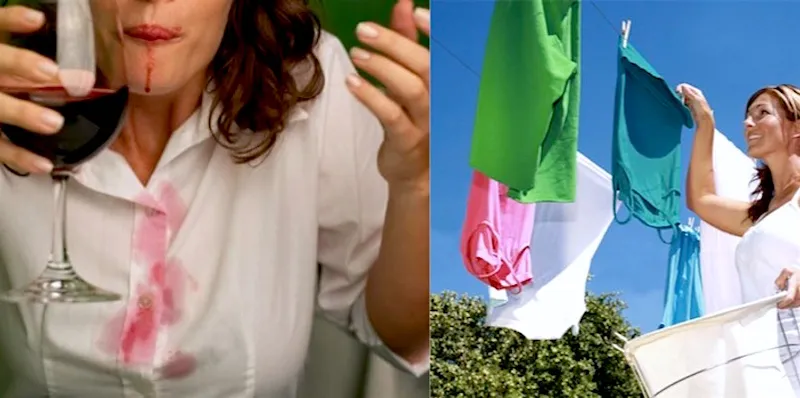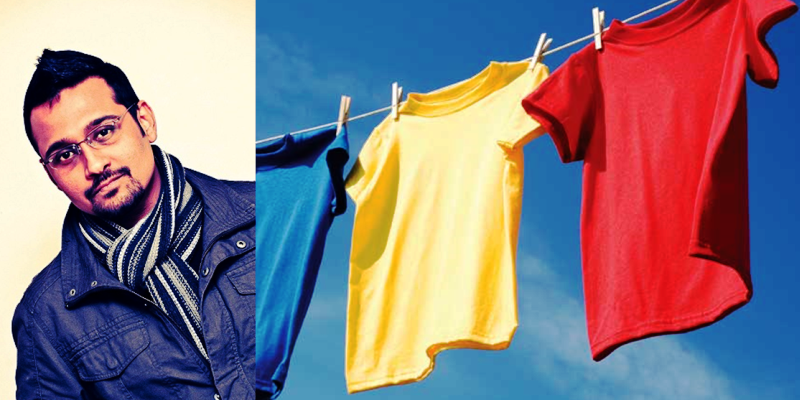This Indian scientist has invented clothes that use light to clean themselves
This is science but not fiction! Dr Rajesh Ramanathan along with a group of researchers, has developed a technology to make textiles clean themselves within less than six minutes when put under a light bulb or out in the sun.
Rajesh earned his B.Sc. in Botany and Vocational Biotechnology from the Mumbai University in 2004. He was conferred with a PhD in Nano-Biotechnology by the RMIT University of Melbourne in 2012.

According to Zee News, these researchers have developed a cheap and efficient way to grow special nanostructures, which can degrade organic matter when exposed to light, directly onto textiles.
Rajesh says, “There’s more work to do to before we can start throwing out our washing machines, but this advance lays a strong foundation for the future development of fully self-cleaning textiles.”

The research paper was published in the journal Advanced Materials Interfaces. The work paves the way towards nano-enhanced textiles that can spontaneously clean themselves of stains and grime simply by being put under light.
The process developed by the team had a variety of applications for catalysis-based industries such as agrochemicals, pharmaceuticals and natural products, and could be easily scaled up to industrial levels, added Rajesh.
When the nanostructures are exposed to light, they receive an energy boost that creates “hot electrons”. These “hot electrons” release a burst of energy that enables the nanostructures to degrade organic matter. The challenge for researchers has been to bring the concept out of the lab by working out how to build these nanostructures on an industrial scale and permanently attach them to textiles.
“Our next step will be to test our nano-enhanced textiles with organic compounds that could be more relevant to consumers, to see how quickly they can handle common stains like tomato sauce or wine,” said Rajesh.
To stay updated with more positive news, please connect with us on Facebook and Twitter.









